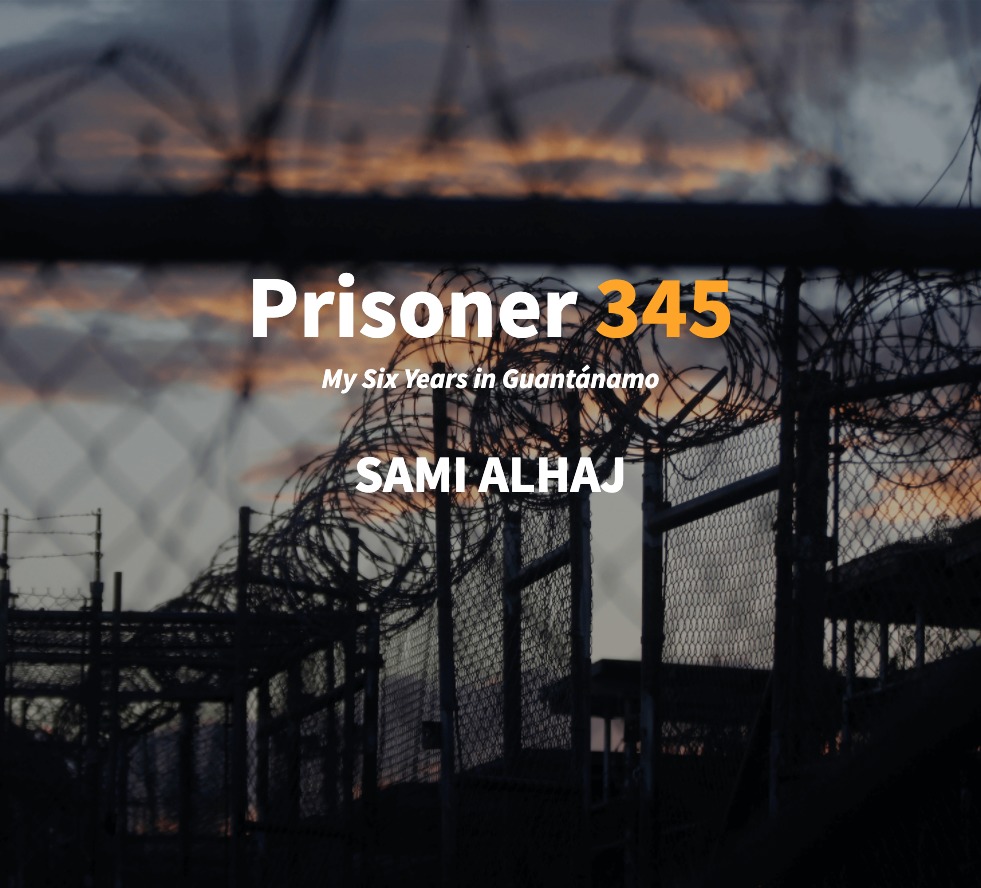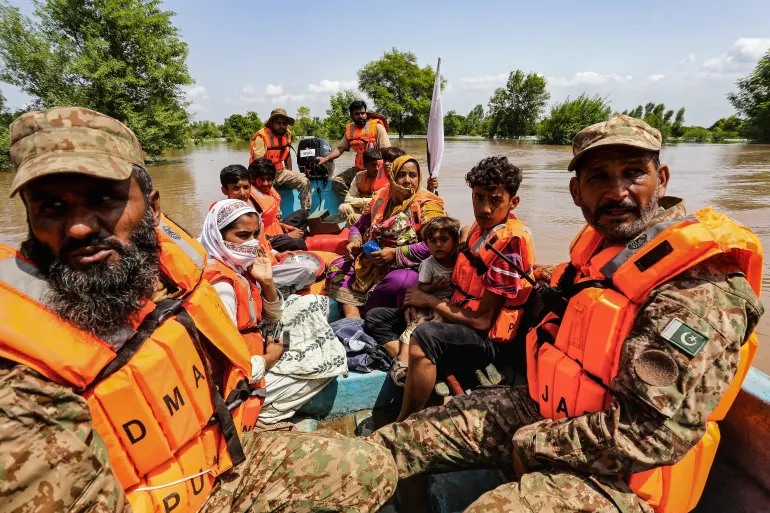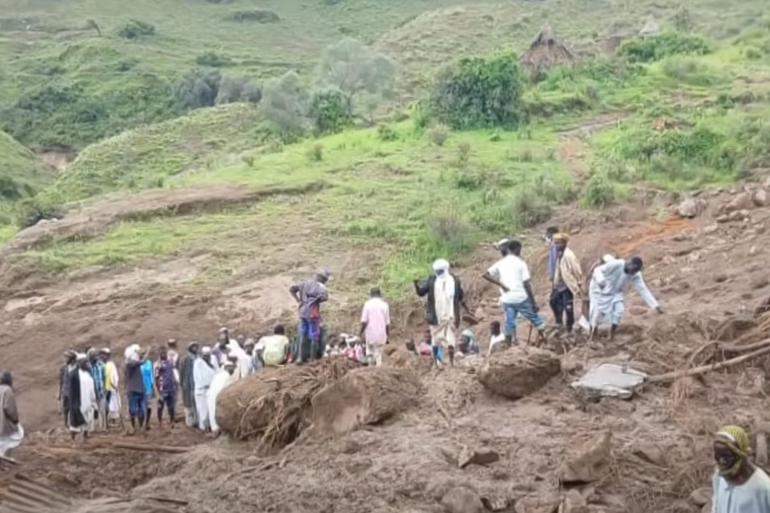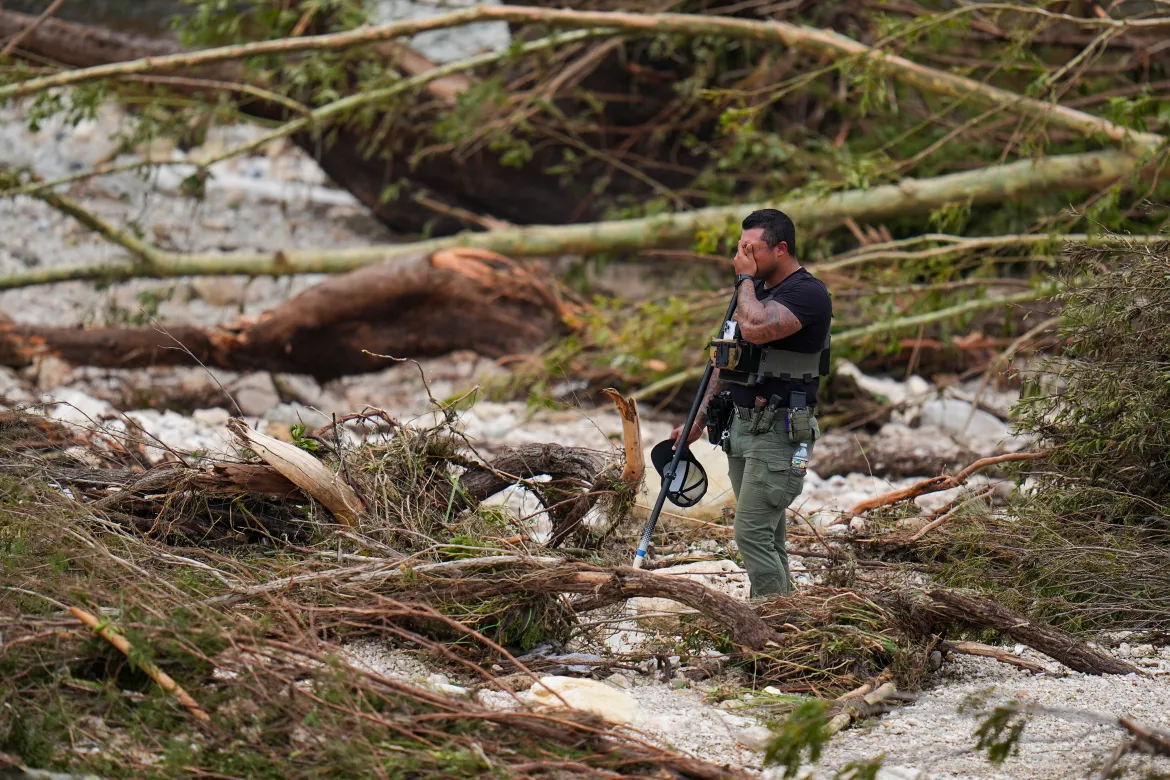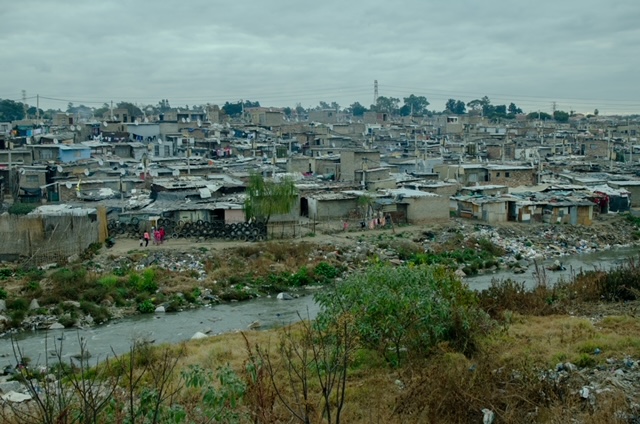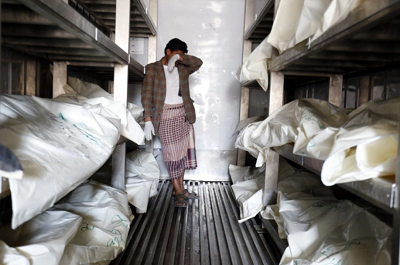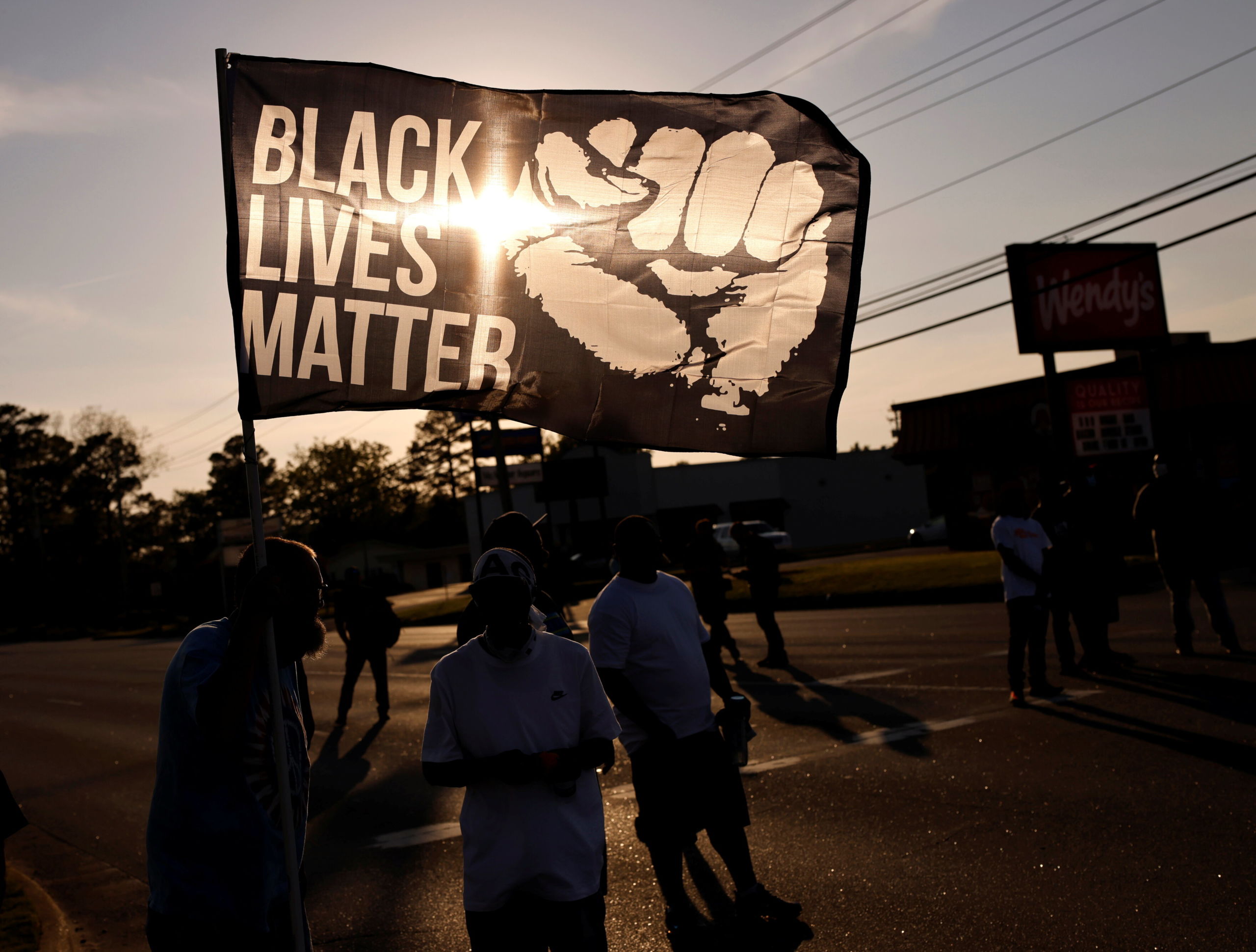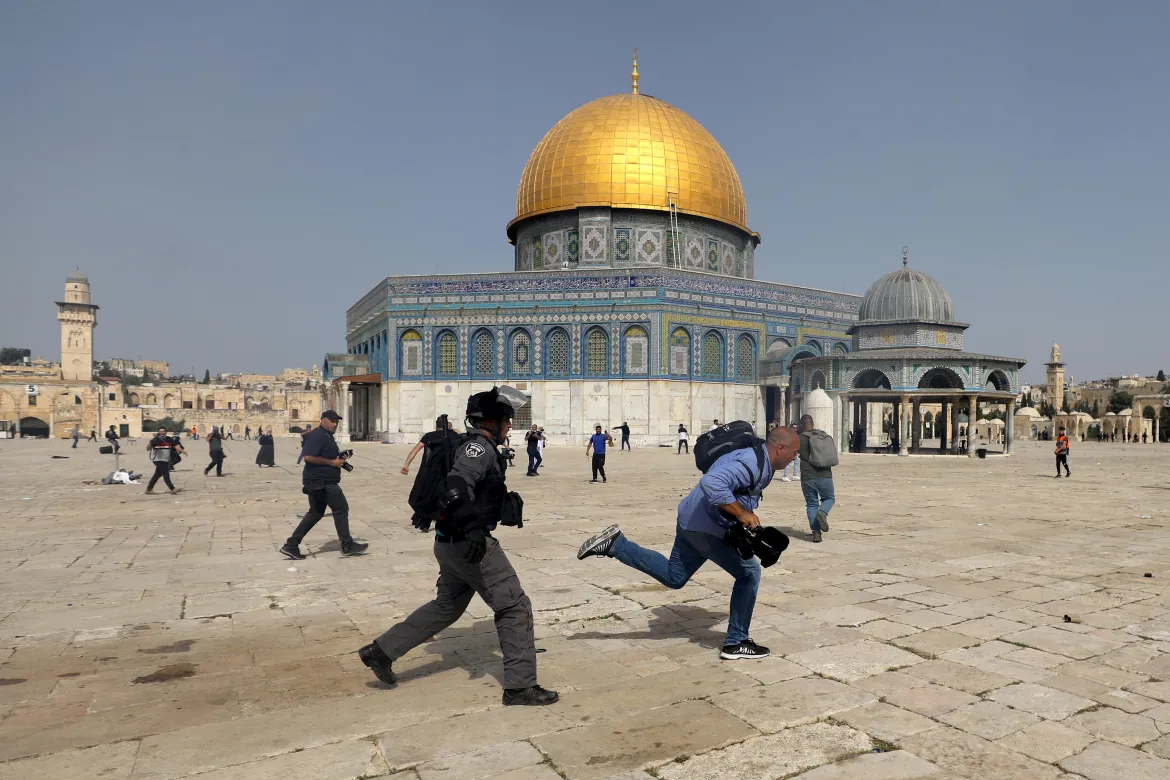Flames of Desperation: 2,000 Families Left Homeless in Manila’s Slums

The fire serves as a wake-up call for policymakers and government officials to take immediate action/Al Jazeera.
A catastrophic fire broke out on Sunday in one of Manila’s most impoverished slum areas, leaving around 2,000 families without homes. The Manila Fire District reports that the blaze likely began on the second floor of a dilapidated structure, a typical feature of the informal housing that dominates these densely populated communities. Though no fatalities have been reported, the fire has once again drawn attention to the appalling living conditions that millions of Filipinos face in the capital.
While the exact number of people affected is still unclear, it’s estimated that roughly 35% of Metro Manila’s 15 million residents live in similarly precarious conditions—settlements marked by overcrowding and substandard infrastructure. These neighborhoods often lack proper access to basic services like healthcare, fire safety, and emergency relief, making them vulnerable to disasters like the one that unfolded this week.
The fire, which spread quickly through the densely packed homes, highlights the structural challenges of Manila’s urban poor. The makeshift homes, built with flammable materials and erected with little regard for fire safety, are highly susceptible to such tragedies. As flames consumed the area, residents had no choice but to flee, with many losing everything they owned.
This tragedy underscores a persistent issue: the stark inequality that continues to plague the capital. Informal settlements like these are often built in hazardous, overcrowded areas, with residents living in constant fear of natural disasters or accidents. And despite the scale of the problem, these communities often face an uphill battle in accessing government support or emergency services.
While the fire itself may have been contained, the underlying issues of inadequate housing, lack of resources, and poor urban planning persist. For the 35% of Metro Manila’s residents who live in similar conditions, this disaster serves as a harsh reminder of the risks they face every day. It also calls attention to the growing need for sustainable, long-term solutions that address the root causes of urban poverty and provide the necessary support to the city’s most vulnerable populations.
As the displaced families begin the difficult process of rebuilding, it’s clear that Manila’s slum areas will continue to face significant challenges unless meaningful interventions are made. The fire serves as a wake-up call for policymakers and government officials to take immediate action—whether it’s improving fire safety, investing in better housing, or providing more robust emergency services to ensure that those living on the margins are better protected in times of crisis. Without a clear plan, the cycle of disaster, displacement, and neglect is likely to continue.
Agencies/Al Jazeera.
- Most Viewed
- Most Popular
